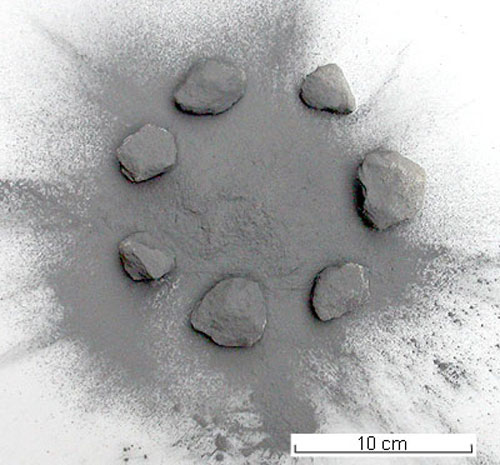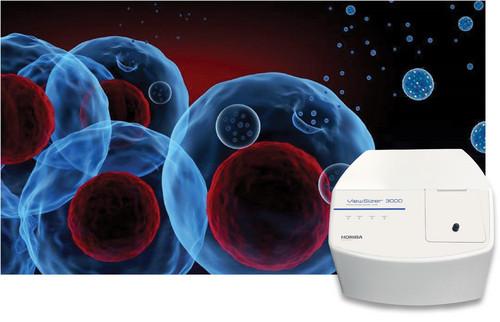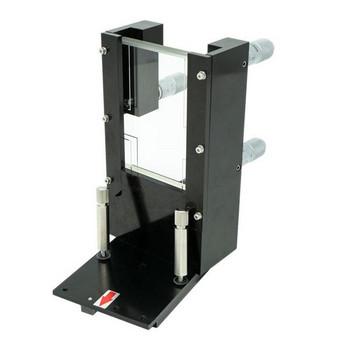ViewSizer 3000
Simultaneous Multi-Laser Nanoparticle Tracking Analysis (NTA)
Exosomes? Virus? Nanoparticle? Use multiple lasers for complete, detailed analysis of all the particles in your sample.
Exosomes, viruses, and nanoparticles all have wide size distributions which defeat traditional Nanoparticle Tracking Analysis (NTA) analyzers. The ViewSizer 3000 features simultaneous measurement with three lasers to collect the most accurate distribution and concentration information over a wide range of sizes within the same sample. Where the signal from a particle is too bright and saturates the detector from one laser, the software automatically uses data from a lower power laser to ensure the most accurate size and concentration information. On the other hand, when scattering from one laser is too weak for detection, the software uses data from a higher power laser to accurately track the particle.
Cross contamination is a concern in all analyses. Simplified cleaning means thorough cleaning. The easy-to-remove sample cells can be dissassembled for rapid, thorough cleaning, which leads to better data.
Escape the limits of traditional NTA
Accurate and sensitive analysis without cross contamination
Scroll down and contact us for more information































